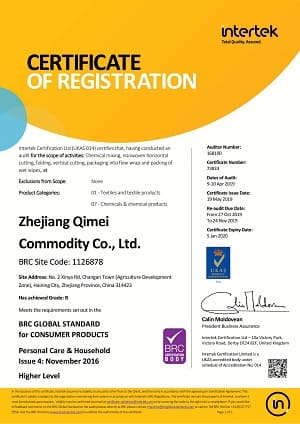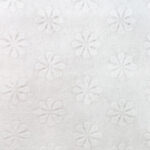Spunlace onwoven Fabric Type: Polyester,Poly -Viscose Blend material, Bamboo Fiber, Wood Pulp(Flushable), Cotton or Soy Fiber(Biodegradable)
Flat or Textured( Your Own LOGO is available)
Grammage: 30-80gsm
1/10/30/80/100/120/160 pcs/pack
The size of hand wipes can vary depending on the brand and type of wipe. However, most hand wipes are typically around 6 inches by 8 inches or 7 inches by 9 inches in size. Some brands may offer larger or smaller sizes, so it's important to check the product label or packaging for specific dimensions.
1. Plastic resealable bag: This is the most common type of wet wipe packaging. It is made of plastic and has a resealable strip on top to keep the wipes fresh and moist.
2. Flip-top lid container: This type of packaging consists of a plastic container with a flip-top lid that can be opened and closed to access the wipes.
3. Soft pack with plastic flip-top lid: Similar to the flip-top lid container, this packaging comes in a soft pack and has a plastic flip-top lid for easy access.
4. Pop-up dispenser: This type of packaging features a pop-up dispensing mechanism that pulls out one wipe at a time.
5. Travel pack: A small packaging designed for on-the-go use, it often comes with a plastic snap closure.
6. Single-use packaging: These wet wipes come in small, sealed packets which are convenient for travel or outdoor activities.
7. Refill bag: This larger size packaging is designed to refill other wet wipe containers, and usually has a resealable opening.
The ingredients of hand wipes can vary depending on the brand and type of wipe. However, most hand wipes contain some combination of the following ingredients:
Water: serves as a solvent and helps to moisten the wipe.
Alcohol: usually ethanol or isopropyl alcohol, which serves as an antiseptic to kill germs.
Surfactants: help to clean dirt and oil from the skin.
Preservatives: to prevent microbial growth and keep the wipes fresh.
Fragrance: for a pleasant scent.
Moisturizers: such as aloe vera or glycerin, to help prevent the skin from drying out.
Other active ingredients: some hand wipes may contain additional active ingredients, such as benzalkonium chloride, hydrogen peroxide, or essential oils, for additional germ-killing or skin-conditioning properties.
The type of certificate needed to sell hand wipes can vary depending on the country and jurisdiction where the product will be sold. In general, selling hand wipes may require compliance with regulations from government agencies that oversee the safety and quality of consumer products.
For example, in the United States, hand wipes fall under the jurisdiction of the Food and Drug Administration (FDA), which regulates the manufacturing, labeling, and marketing of over-the-counter (OTC) drugs. If the hand wipes are marketed as an antiseptic, they would be considered an OTC drug and would require FDA approval before they can be sold. If they are marketed solely as a cosmetic, they would not require FDA approval but would still need to comply with labeling requirements outlined in the Federal Food, Drug, and Cosmetic Act.
In addition to regulatory compliance, obtaining certifications such as ISO 9001 or ISO 22716, which focus on quality management systems and good manufacturing practices, can help ensure that the hand wipes meet certain standards of quality and safety.












